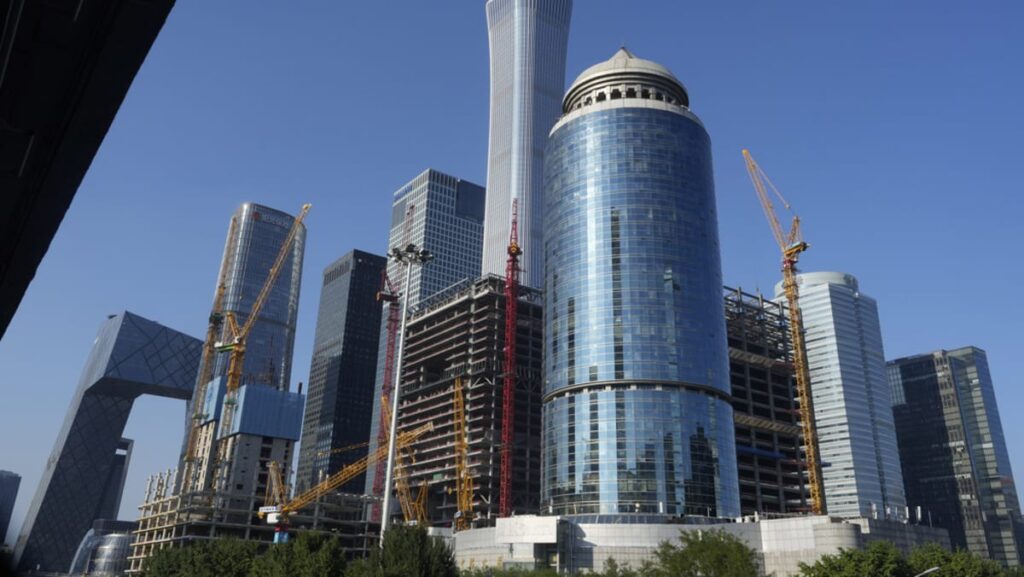RAISING THE DRAWBRIDGE INSTEAD OF COMPETING
Circumspect governments should be looking at ways to outcompete this shift. Instead, they’re raising the drawbridge.
The European Union last month set tariffs as high as 67 per cent on Chinese construction machinery, while the UK has more recently imposed duties of more than 30 per cent on excavators made by Sany, Liugong and XCMG. The Indian joint venture between Tata Motors and Hitachi Construction Machinery last year called on New Delhi to raise levies against imported Chinese products, saying they’d already grabbed 22 per cent of the market.
Things are even worse in the US, where the Trump administration is busy unpicking the heavy-duty vehicle emission standards introduced by former President Joe Biden. That removes much of the incentive for US-exposed manufacturers such as Caterpillar, Komatsu, Volvo and Deere & Co to innovate and compete with the coming onslaught.
Work vehicles have tended to fly below the radar in discussions of urban emissions, but their vast size and power requirements give them a disproportionate share of engine pollution. China’s 10 million construction machines emit more particulates than its 417 million road vehicles, according to the International Council on Clean Transportation.
With low-emission zones spreading across cities worldwide and older diesel vehicles increasingly restricted on the roads of major cities such as London, Paris and Madrid, construction machinery is increasingly going to find itself in the crosshairs as one of the biggest contributors to urban pollution.
When that happens, Chinese manufacturers will have a solution ready to be driven from their parking lots. Will their incumbent overseas competitors be ready, too?

